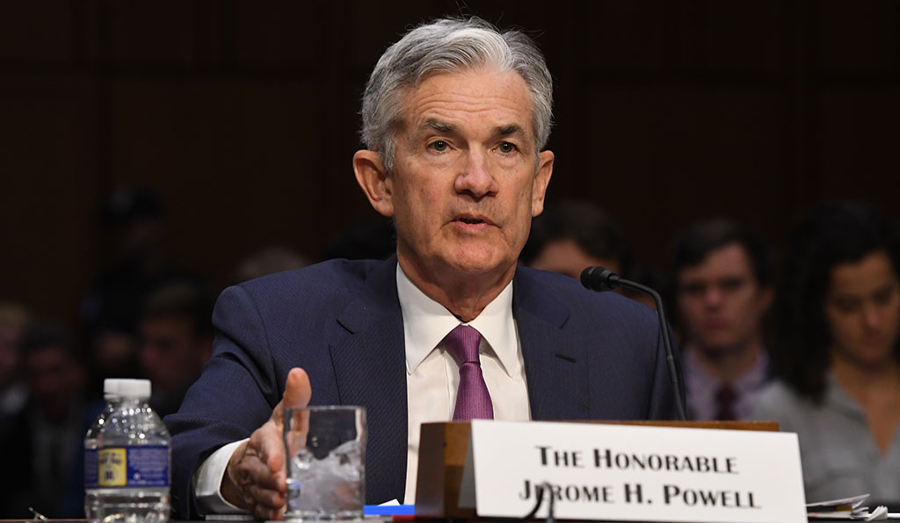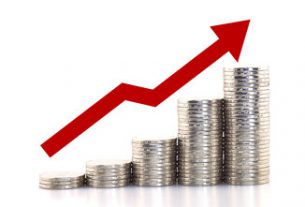Federal Reserve Chairman Jerome Powell is probably shaking in his boots right now. Taking over from Janet Yellen in 2018, he inherited a bubble economy created by his two predecessors that is now on the verge of bursting. His legacy as a chairman will be judged by how he is able to juggle what is by now an all but inevitable stock market crash. Will he be successful?
If success is determined by avoiding a crash, then there’s no hope for Powell. The bubble that Ben Bernanke created in the aftermath of the financial crisis has grown to a gargantuan size. Yellen herself struggled with the task of dealing with the massive amount of money created out of thin air, and fortunately found herself on the outs with President Trump, leaving before that bubble could disintegrate. Now Powell has the unpleasant task of reacting to the bursting of Bernanke’s bubble, a task that no one will envy.
Powell has already expressed his unease with the direction of the economy, and his comments last week that the Fed will “act as appropriate to sustain the expansion” indicate his willingness to pull out all the monetary stops in order to keep the bubble inflated. The only thing going in Powell’s favor is that the trade war is ramping up in coordination with the falling economy. In that sense he can claim that it isn’t his fault that the economy is failing, it’s the fault of tariffs and issues that are outside his control. That buys him some time but it doesn’t make his job any easier. Nor does it address the fundamental problems of monetary meddling.
Powell is a central banker, and like all central bankers his answer to every problem is to create more money. Don’t be surprised to see interest rate cuts and more quantitative easing being promoted as solutions to a falling stock market. Everyone wants to see stock markets continue to rise, and the first indication of a real rout will get the Fed to spring into action.
But there’s a reason that economic expansions like this eventually come to an end: because they’re built on sand. They’re not the result of increased production of useful goods and services, but rather goods and services that are built by companies that benefit from low interest rates, sold to people who borrow that cheap money to buy things they can’t afford. When the monetary gravy train the Fed has created comes to an end, the bubble collapses, a recession ensues, and the economy tries to shake things out.
Yet the Fed steps in time after time to ensure that that shakeout doesn’t ever occur. The result has been a series of ever larger bubbles. When this next one bursts it will likely make 2008 look like a cake walk. QE4 will make previous rounds of quantitative easing look positively tiny in comparison.
None of that is good news for investors and consumers, who will have to deal with the double whammy of falling stock prices (and thus falling paper wealth) and a rising cost of living. The only way to protect yourself against that is by investing in gold, which holds its value in the face of financial turmoil. Investors who sought the safety of gold during the last financial crisis saw their holdings increase in value by 25% while stock markets lost more than 50%.
For investors today, it all comes down to a matter of trust. Do you trust an investment banker whose solution to every problem is to create more dollars, or do you trust in the safety and security offered by gold and attested to over the millennia it has served as a safe haven? The choice should be obvious.
This article was originally posted on Goldco.





